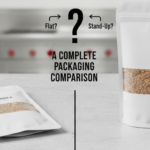
A Guide to the Different Types of Polymer Bags
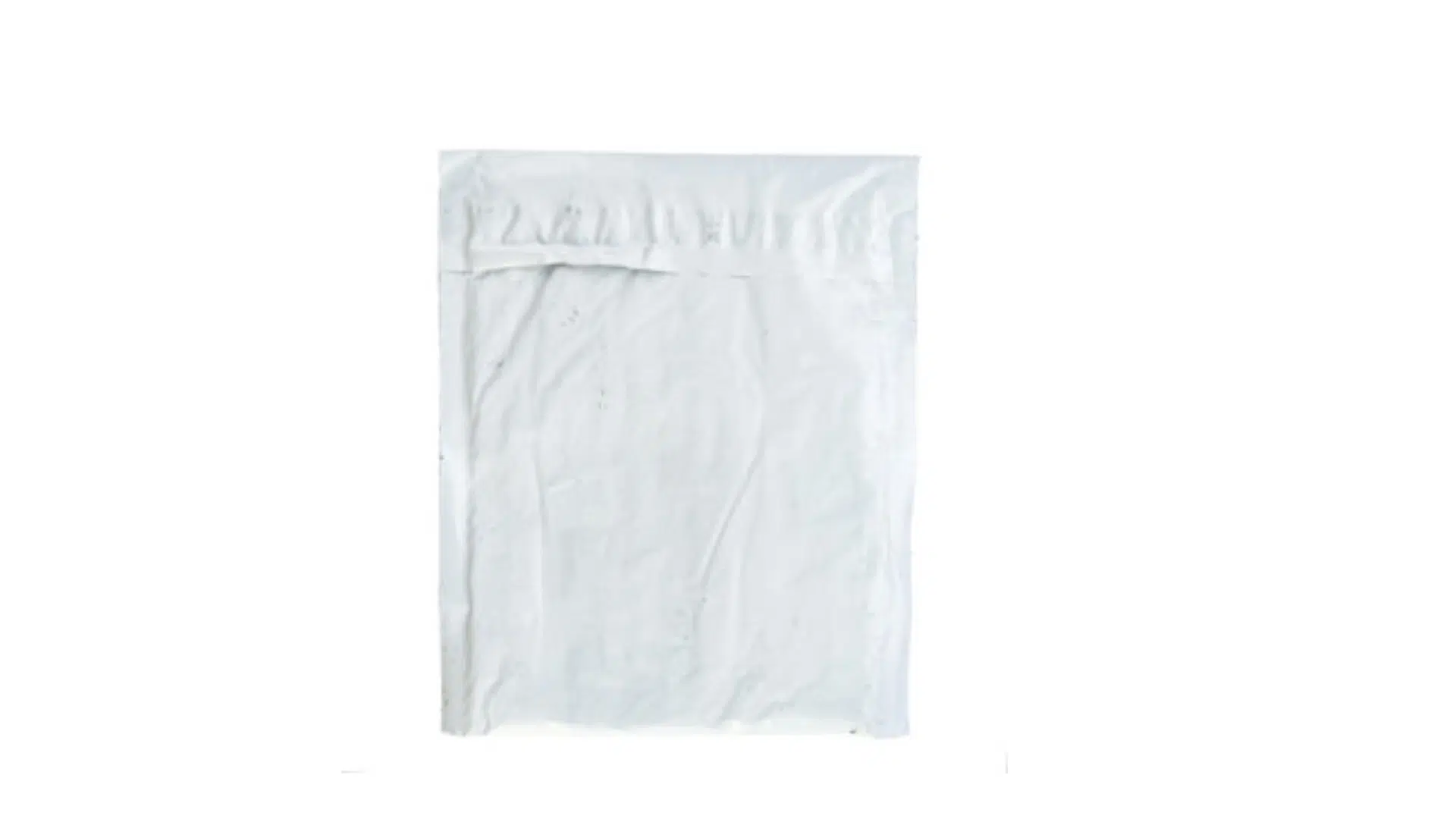
Polymer bags are commonly used in a range of businesses.
These light, tough, and versatile containers have become an integral part of everyday life, whether carrying our weekly groceries or packaging sophisticated industrial parts.
Although they look similar and are generally called plastic bags, the world of polymer bags is surprisingly diverse. The material a bag is made from determines its strength, flexibility, and transparency. In fact, it also dictates its environmental footprint.
In this article, we will be your guide through the various types of polymer bags, discussing their distinct characteristics, typical uses, and the advancements leading to their future.
What is a Polymer Bag?
A polymer bag is a bag made from polymers. Polymers refer to the long chains of repeating molecules.
In most cases, this means it’s a plastic bag, as plastics like polyethylene are the most common type of polymer used to make them.
Two Key Types: Polyethylene (PE) and Polypropylene (PP)
If there are two champions in polymer bags, then polyethylene and polypropylene are the undisputed winners. They lead the market because of their great properties and price competitiveness.
- Polyethylene (PE) Bags:
Polyethylene is the world’s most widely manufactured plastic, and it’s easy to see why. It’s flexible, strong, and resistant to ripping. Within the polyethylene group, there are several important variations used to make different bags:
High-Density Polyethylene (HDPE):
Thin, rigid, and opaque HDPE bags possess a crinkly, paper-like texture. Consider the plain plastic supermarket shopping bags that you receive when you shop at hypermarkets. They are lightweight, watertight, and can carry a surprising level of weight. This is ideal for single-use purposes as well as for wholesale polymer bags that are applied in retail.
Low-Density Polyethylene (LDPE):
LDPE bags are considerably clearer and have a softer, more pliable feel than HDPE bags. They tend to be used for packaging bread, newspapers, or dry cleaning. They are good in applications where the product must be visible and protected because of their flexibility and clarity.
Linear Low-Density Polyethylene (LLDPE):
LLDPE is a newer generation of film that features the strength of HDPE and the flexibility of LDPE. It’s extremely resistant to tears and punctures, making it a favorite among heavy-duty applications such as garbage bags and industrial liners.
- Polypropylene (PP) Bags:
Polypropylene is another widely used polymer, with high tensile and chemical resistance. PP bags are generally firmer and clearer than polyethylene bags. They may also be able to withstand higher temperatures, such that they can be used for purposes needing sterilization.
Biaxially Oriented Polypropylene (BOPP):
BOPP bags have great clarity, gloss, and a crisp touch. BOPP bags are typically utilized in packaging food bags like snacks, pasta, and candies, where the presentation of the product is significant. The film is also very easy to print on, and thus it is ideal for branding.
Woven Polypropylene:
In contrast to the flexible films, woven polypropylene bags consist of strands of PP woven in such a manner that they create a very robust, tear-proof fabric. The bags are so hard and used for heavy-duty purposes, like transporting fertilizer, sand, grains, or animal feed.
Specialized and Innovative Polymer Bags
Apart from the simple PE and PP bags, the industry has explored specialized varieties intended for special purposes and a heightened emphasis on sustainability.
Biodegradable and Compostable Polymer Bags:
Biodegradable polymer bags are developed to degrade faster in a particular environment (such as in a landfill) compared to regular plastics.
Yet, a more promising category is of compostable bags, which are produced from plant-based elements such as cornstarch or polylactic acid (PLA). These bags are created to completely disintegrate into natural elements in a composting plant, without any trace of toxic residue. This technology is an important stride toward minimizing plastic waste.
Reusable Polymer Bags:
The sustainability drive has also led to the increased usage of reusable polymer bags. These are generally constructed from thicker, more robust plastics such as non-woven polypropylene or woven PET (polyethylene terephthalate). They are meant to be used numerous times, frequently for grocery shopping, and are a perfect substitute for single-use bags. These bags are frequently marked and sold by stores, encouraging a greener consumer practice.
Vacuum-Sealed Bags:
These bags, which are usually a mix of polymers such as polyethylene and nylon, are pre-vacuumed to remove air from them. This creates a vacuum, which helps keep food products fresh. They are a common feature in commercial food production and domestic use.
Stand-Up Pouches:
Stand-up pouches are flexible plastic bags that have a gusset on the bottom and can stand on a shelf. They are used to package everything from coffee and pet foods to juices and detergents. They are light, sturdy, and provide a great surface area for branding.
Key Considerations When Choosing a Polymer Bag
When choosing the appropriate polymer bag for your application, there are various considerations involved:
Application: Where will the bag be utilized? Is it for a light consumer product or a heavy-duty industrial product?
Strength and Durability: Does the bag require being puncture-proof or tear-proof? Woven PP bags, for instance, are suitable for heavy products.
Clarity and Aesthetics: Does the product have to be seen through the bag? LDPE and BOPP bags are highly transparent.
Cost: The price of the bag is usually a key consideration, particularly for bulk polymer bags and big applications.
Environmental Impact: Do you want a sustainable solution? Biodegradable polymer bags or reusable polymer bags might be an ideal solution.
Barrier Properties: Is the bag required to keep its contents safe from moisture, oxygen, or light? Certain specialized films are constructed with sophisticated barrier properties for food conservation.
Conclusion
From the ordinary plastic bags at the supermarket to the heavy-duty industrial polymer bags, the universe of polymer bags is immense and intriguing.
Knowing the various kinds of polymer bags, like polyethylene bags and polypropylene bags, and their characteristics helps you choose the smart packaging for your business.
If you want to learn more about the bags that can fit your business operations, get in touch with our packaging experts at Connover Packaging.
Share:
Get A Quick Quote
Social Media
Most Popular

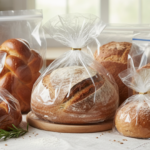
How to Choose the Best Plastic Bread Bags for Freshness and Presentation
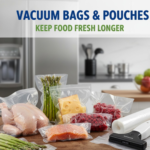
Top Vacuum Bags and Pouches to Keep Food Fresh Longer
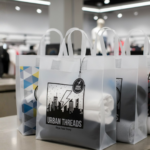
Creative Ways to Use Custom T-Shirt Bags for Brand Promotion
Categories
Tags
Related Posts
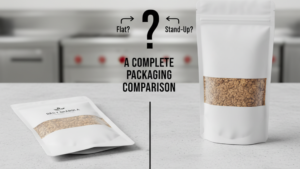
Flat Pouch or Stand-Up Pouch? A Complete Packaging Comparison
In today’s competitive marketplace, choosing the right packaging can make all the difference for your product’s success. Whether you’re launching a new product or refreshing
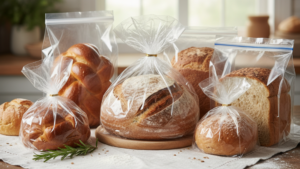
How to Choose the Best Plastic Bread Bags for Freshness and Presentation
In today’s competitive baking industry, quality ingredients and expert recipes are only part of the equation. How your bread is packaged plays a crucial role
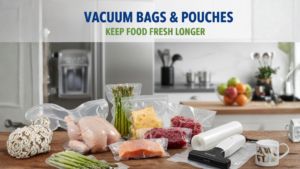
Top Vacuum Bags and Pouches to Keep Food Fresh Longer
Keeping food fresh is still a common concern for any residential or commercial kitchen. One of the easiest and most successful ways to help preserve
